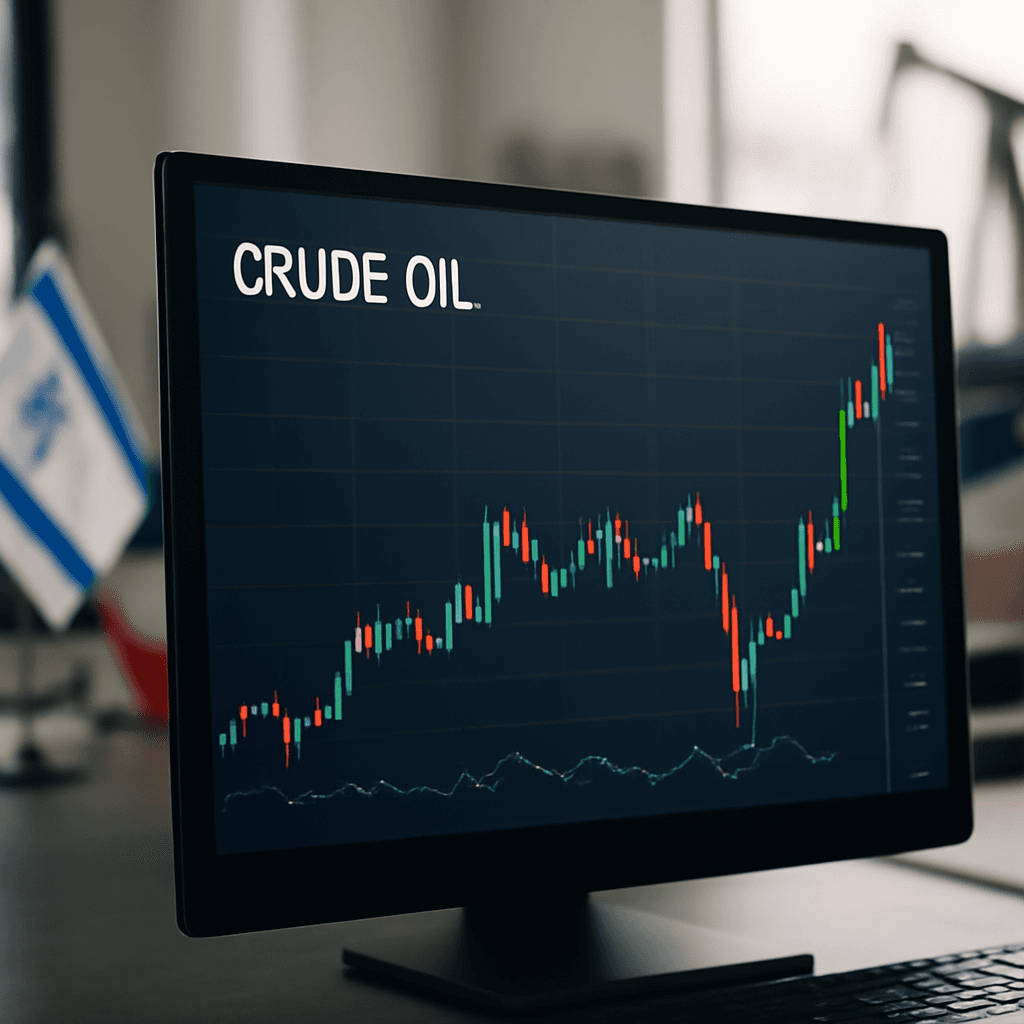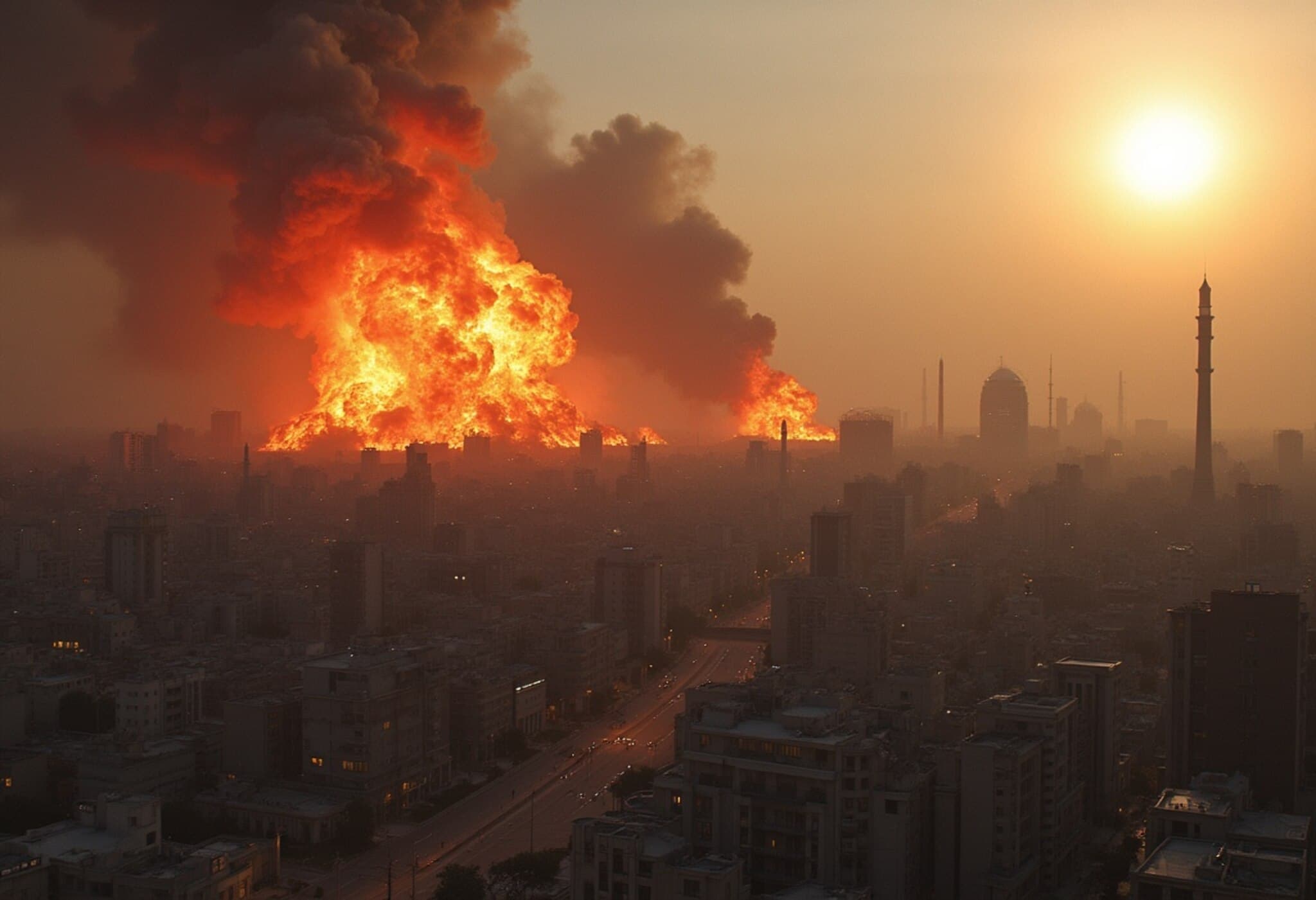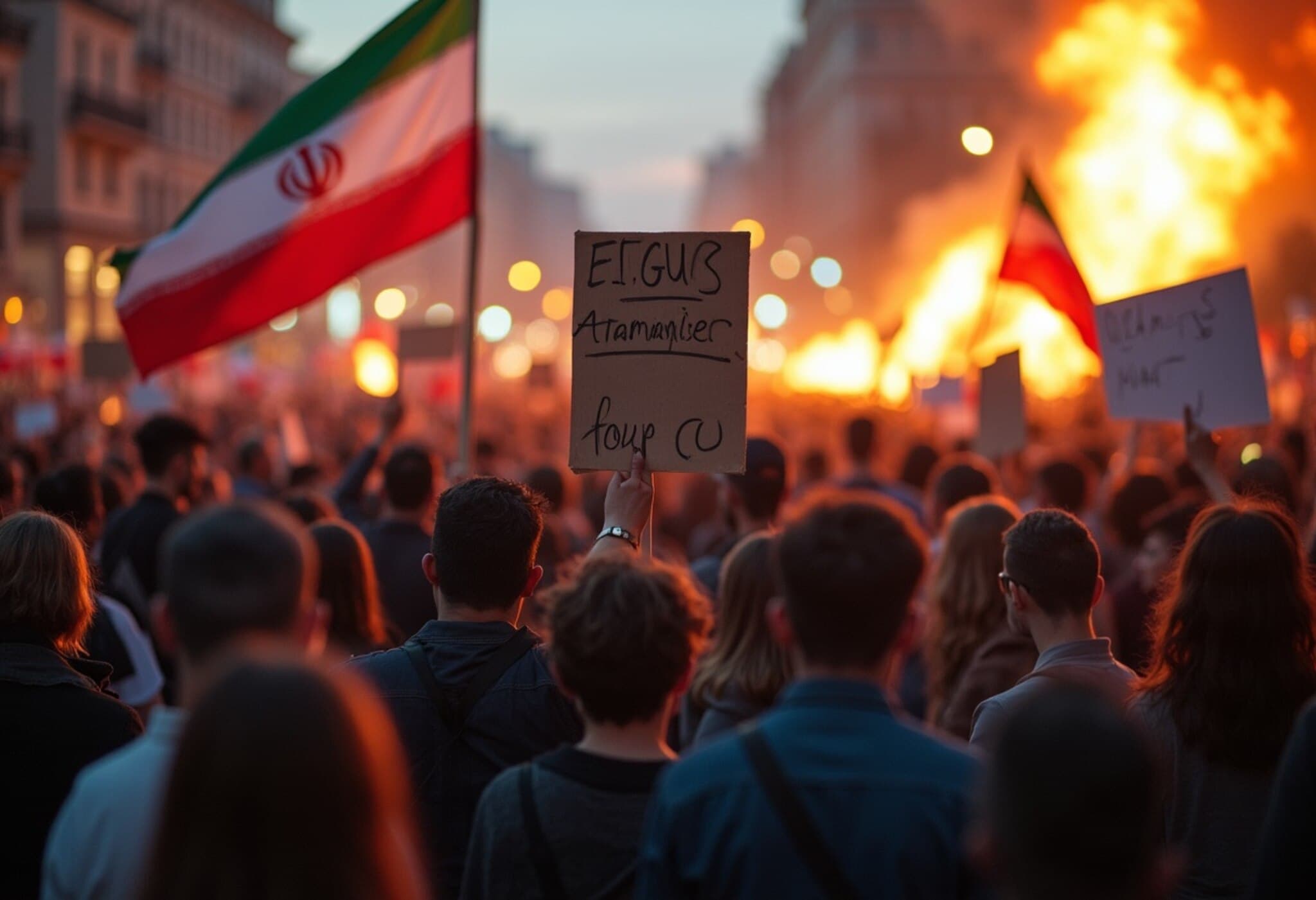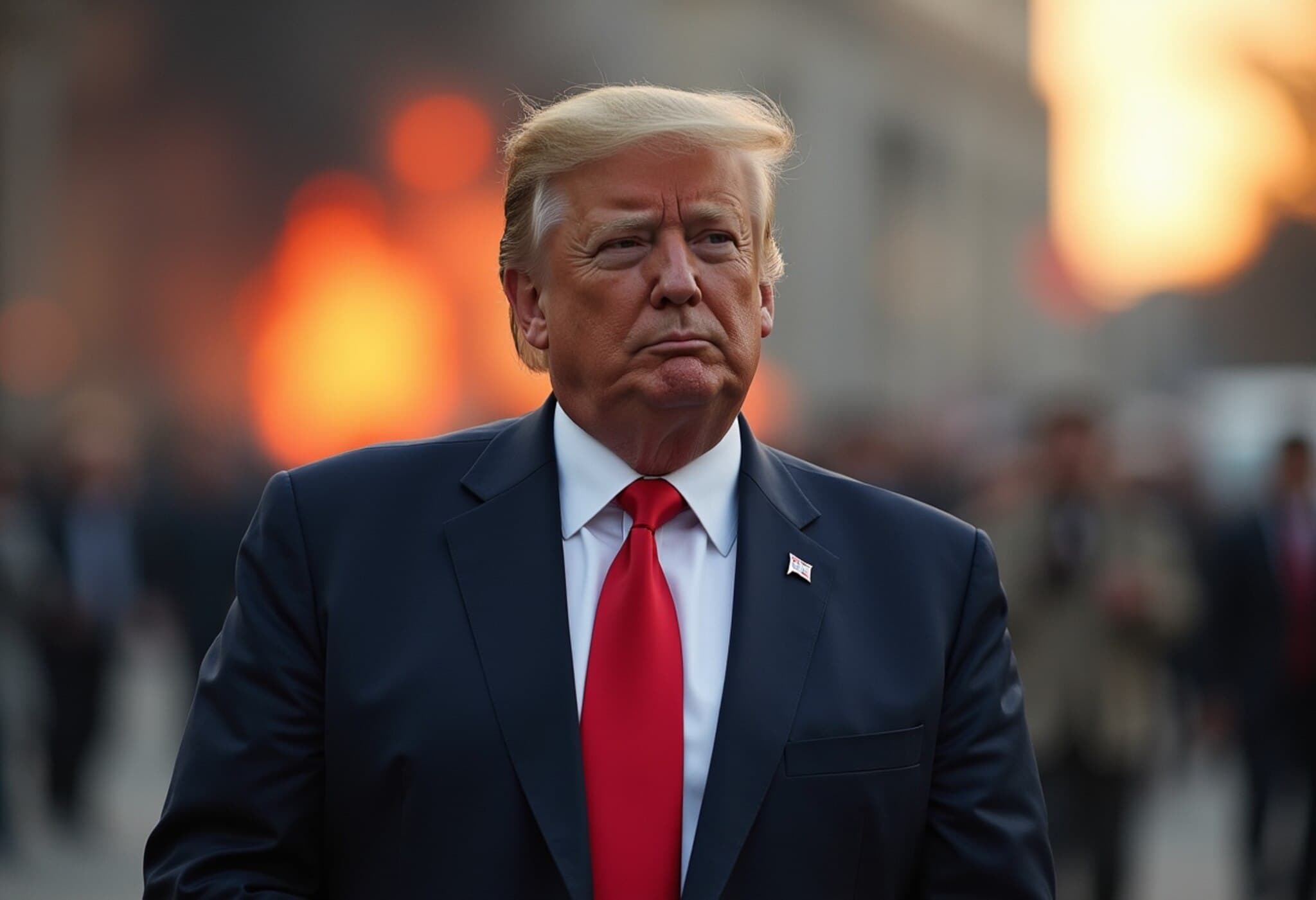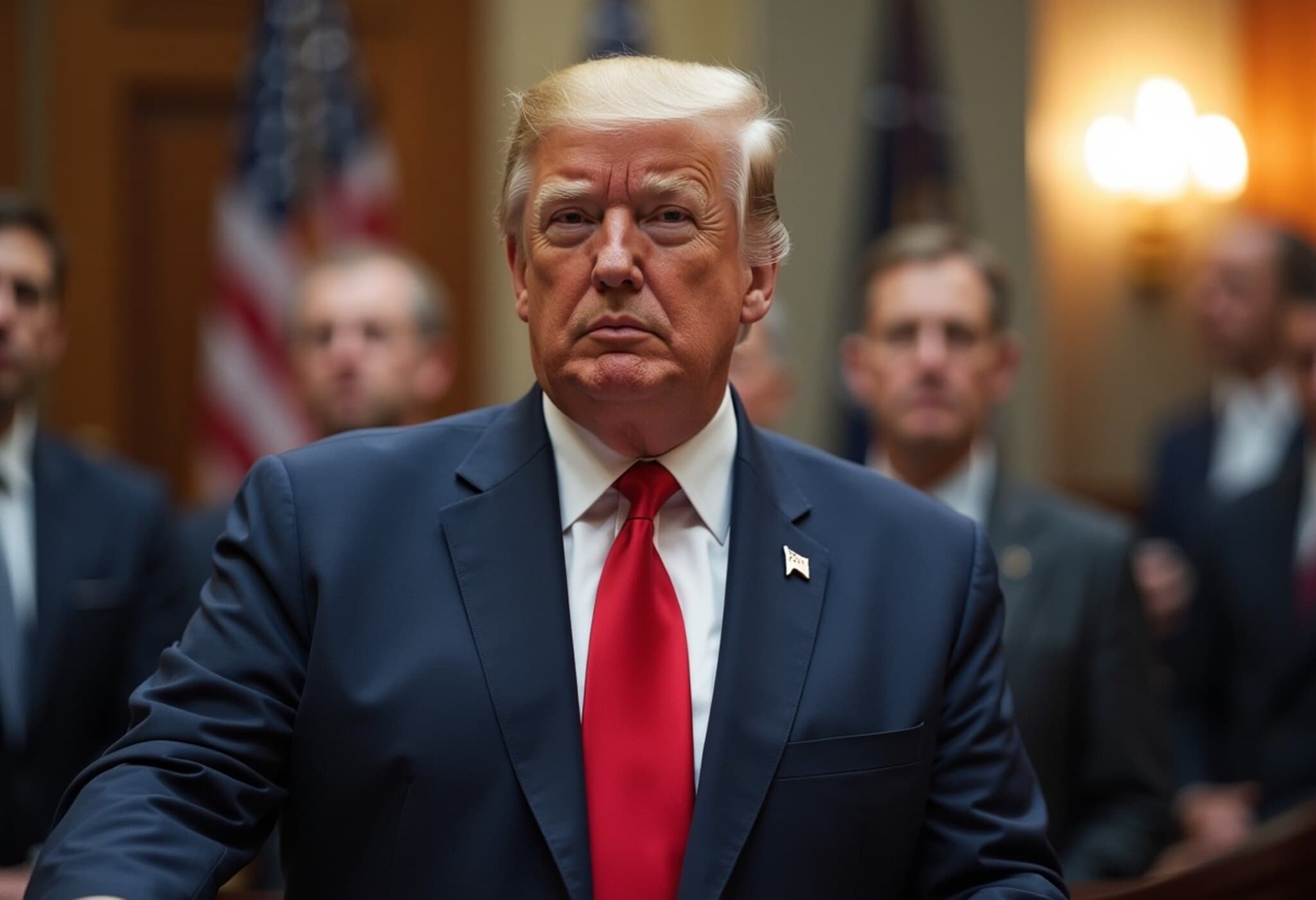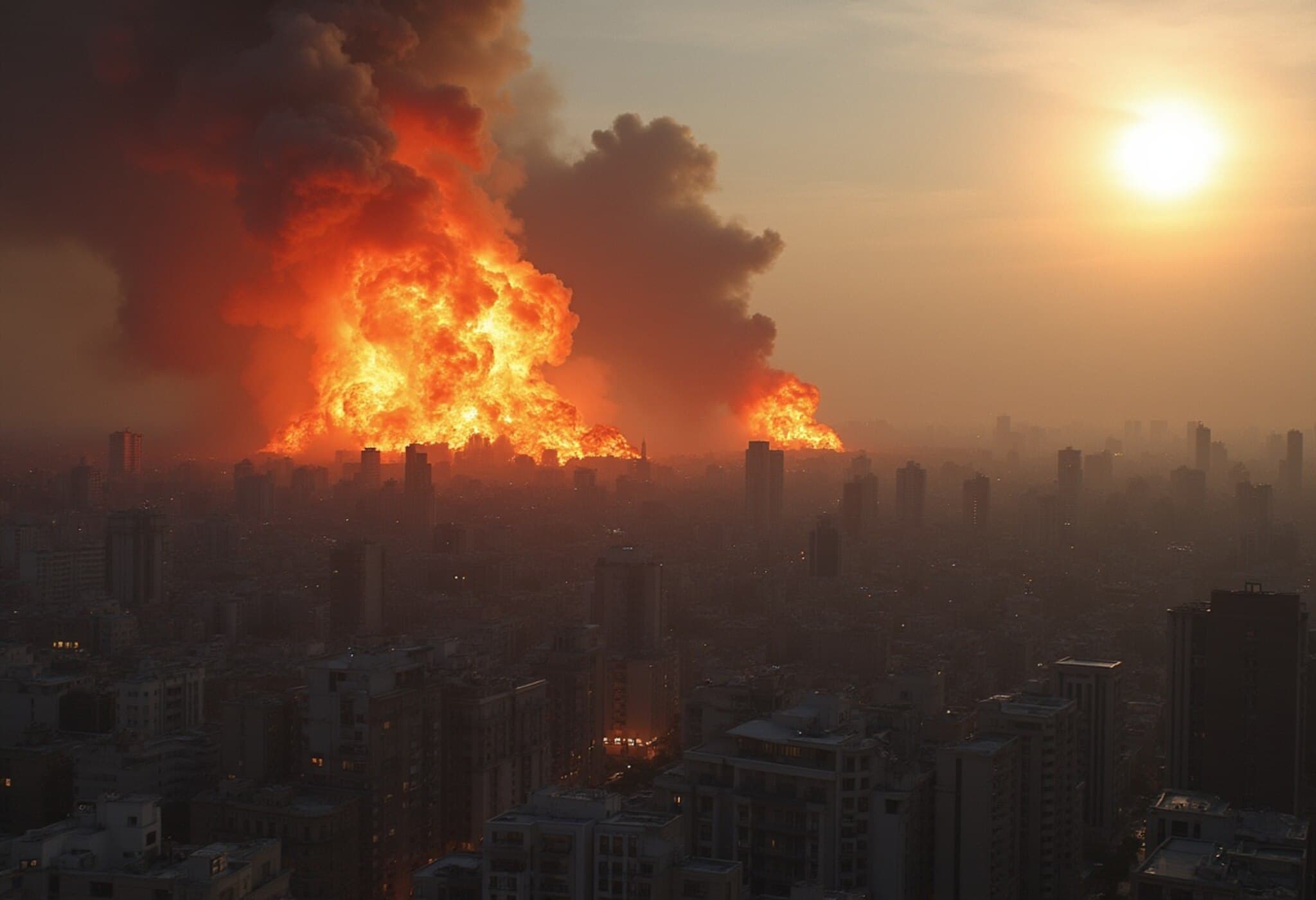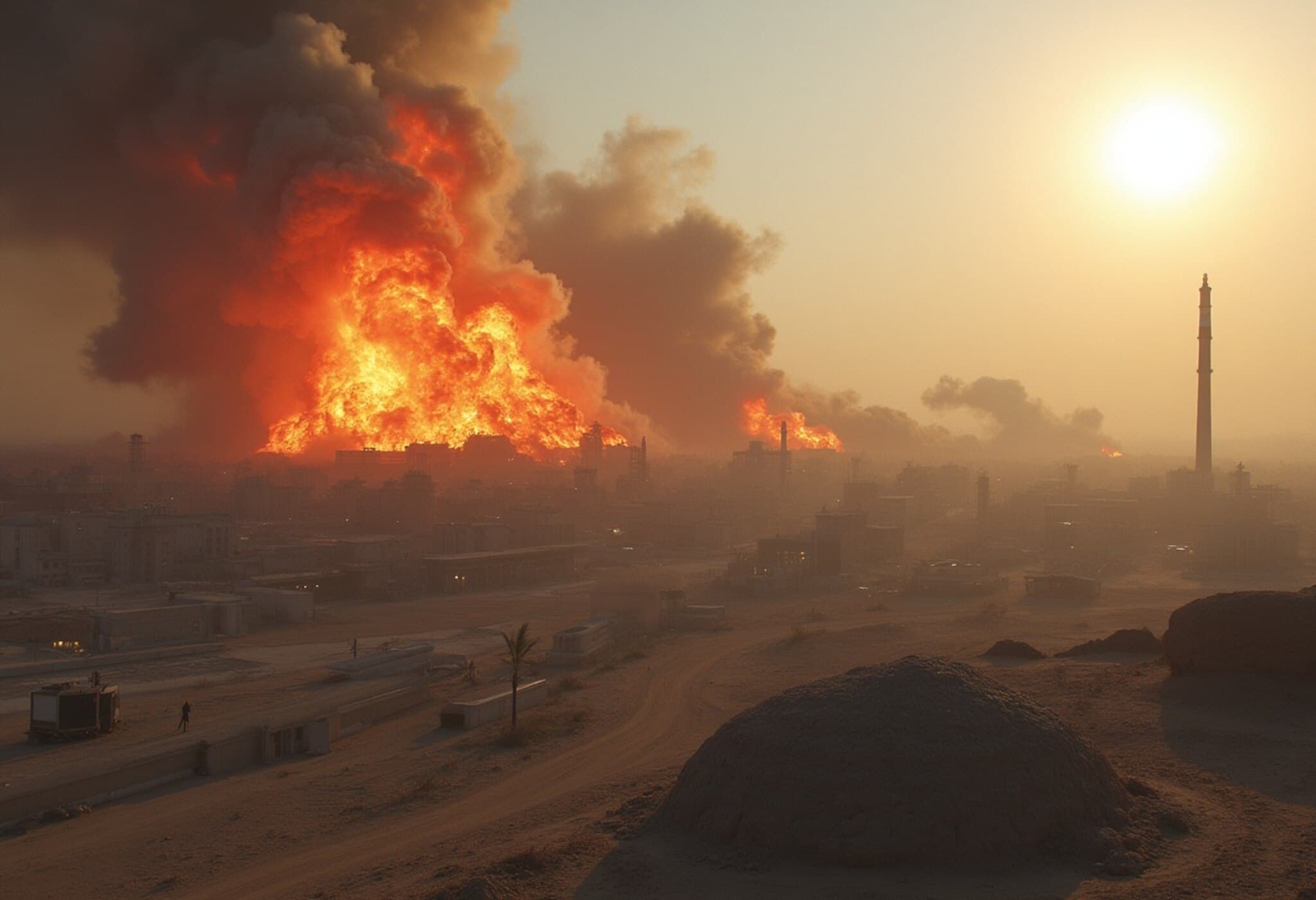Gulf Markets Steady Amid US-Iran Tensions
Markets across the Middle East closed mostly higher on Sunday, showing resilience despite increased geopolitical tensions after the United States launched strikes on key Iranian nuclear facilities. The targeted sites, including Fordo, Natanz, and Isfahan, have heightened fears of further escalation but also sparked diverse responses across regional markets.
Israel's Stock Market Hits Record Highs
In Tel Aviv, optimism prevailed as the broader TA-125 index surged by 1.77%, while the blue-chip TA-35 index rose 1.5%. This upward momentum comes amid speculation that the U.S. involvement may ultimately pressure Tehran toward resolving the conflict, despite Iranian officials rejecting diplomatic overtures under attack. Israel’s markets have steadily climbed since airstrikes on Iranian targets last week.
Mixed Movements in Gulf Bourses
Meanwhile, Gulf stock exchanges showed mixed but generally stable activity. Saudi Arabia’s Tadawul kicked off trading nearly 0.5% higher but ended down 0.3% after earlier gains reversed.
Qatar’s market added 0.2%, and Bahrain’s benchmark rose 0.3%. Notably, Bahrain, home to the U.S. Central Command, issued a “work from home” advisory and urged residents to limit road travel for safety reasons.
Egypt's EGX30 stood out with a robust 2.7% gain, marking it as the region’s top performer for the session.
Calls for Calm and Regional Positioning
Experts highlight the Gulf states' careful diplomatic stance amid the escalating conflict. According to regional analysts, statements condemning violence and urging peaceful resolutions have helped regional markets avoid sharp disruptions.
Fadi Arbid, a prominent investment strategist, underscored that Gulf countries’ repeated calls for de-escalation have isolated their markets from immediate fallout while potentially positioning them for mid-term gains. He noted that international investors may perceive the easing of the Iranian threat as a positive development affecting market sentiment.
Recent official statements from Saudi Arabia, the UAE, and Qatar have emphasized a desire to de-escalate tensions without taking sides, reflecting a broader effort to maintain stability.
The Strait of Hormuz: A Key Watchpoint
Investors are closely monitoring the Strait of Hormuz, a vital chokepoint through which about a quarter of the world's oil supply transits. There are concerns Iran could disrupt this corridor in retaliation or as leverage, amplifying risks to energy markets globally.
However, tracking data shows that as of late Sunday afternoon UAE time, tanker movements have continued uninterrupted in both directions within the strait.
Commodity analysts warn that oil prices are set to open higher given the escalated geopolitical risk. Giovanni Staunovo of UBS highlighted that oil markets will carry an elevated risk premium and likely remain volatile as the conflict’s trajectory remains uncertain.
Oil Market Volatility Intensifies
Prices dipped 2% on the Friday before the U.S. strike, yet Brent crude futures have jumped around 11% since the initial Israeli attacks on Iranian targets less than two weeks ago. Both Brent and U.S. crude remain highly sensitive to ongoing developments.
Edward Bell, acting chief economist at Emirates NBD, emphasized that the recent U.S. strike represents a significant escalation, bound to inject an extra layer of uncertainty into oil markets. While supply flows from the Gulf remain intact, the market will factor in heightened security concerns.
Bell warned that market swings are expected to continue as traders react primarily to headlines rather than fundamental changes, keeping the geopolitical premium elevated despite operational oil infrastructure remaining unharmed.
Summary
Despite the growing conflict following the U.S. strike on Iranian nuclear sites, Gulf markets have held firm, buoyed by diplomatic calls for calm and cautious investor sentiment. The oil sector remains volatile, with the Strait of Hormuz's status under close watch as a possible flashpoint. Market participants appear to be bracing for ongoing uncertainty while weighing the longer-term impacts of the geopolitical situation.






